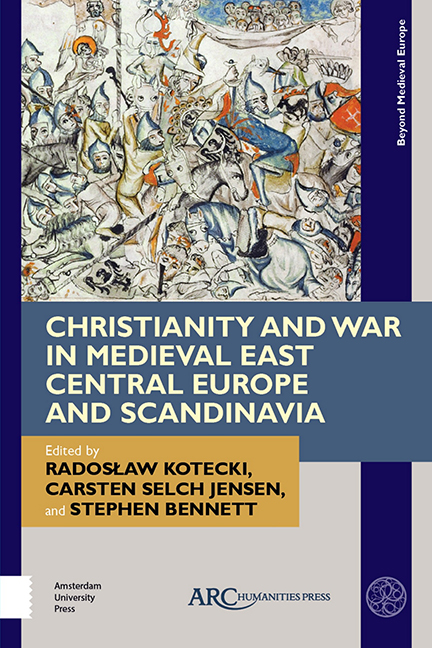Chapter 12 - Martyrdom on the Field of Battle in Livonia During Thirteenth-Century Holy Wars and Christianization: Popular Belief and the Image of a Catholic Frontier
Published online by Cambridge University Press: 27 May 2021
Summary
AMIDST MANY WONDROUS subjects to excite the medieval mind, martyrdom stood out as a phenomenon most magnificent. It was an incentive that drove the actions of many, and an issue that caused disputes amongst others. This chapter examines the controversial topic of acquiring a martyr's crown in battle, more specifically when fighting against the pagans of Livonia in the thirteenth-century crusades. From the viewpoint of the official doctrine of the Church, there is actually nothing to discuss: the papacy canonized only two people as martyrs in the thirteenth century, and neither had been killed in battle. The works of authors writing about the Livonian Crusades, however, told a different story—one where devout warriors were sometimes awarded with the heavenly crown in the midst of combat. The current chapter explores what exactly did contemporaries regard as a true martyr's death in battle, and how did authors in the day make use of such popular perception of martyrdom to attract crusaders and create saints’ cults for newly converted Livonia.
Martyrdom and Crusading
Martyrs have understandably always been considered the most pious among saints. Since the early days of Christianity's spread throughout the ancient world, those willing to suffer unto their own death in witness of Christ's divinity were revered as the holiest among believers—“Christus in martyre est,” proclaimed Tertullian. Their cults continued to flourish after the religious emancipation and eventual conversion in Rome, and for Augustine and his contemporaries martyrs were—as Peter Brown has put it—“membra Christi par excellence.” They ranked high in the “hierarchy of holiness” prevalent by Carolingian times: right below apostles and evangelists, and above other saints, such as confessors.
Meanwhile, accepted opinions about who could become a martyr changed, especially in the last centuries of the first millennium. The conviction that a prerequisite for martyrdom was suffering death without resisting one's tormentors became diluted, and warriors who fell fighting against Muslims or Vikings were also revered as martyrs. The eleventh-century reform papacy embraced this image that a true Christian knight (or miles Christi) could suffer martyrdom in battle. Pope Leo IX even attributed eternal crowns to men who died in the Battle of Civitate in 1053, fighting against fellow Christians—Sicilian Normans who endangered the political ambitions of Rome.
- Type
- Chapter
- Information
- Publisher: Amsterdam University PressPrint publication year: 2021



